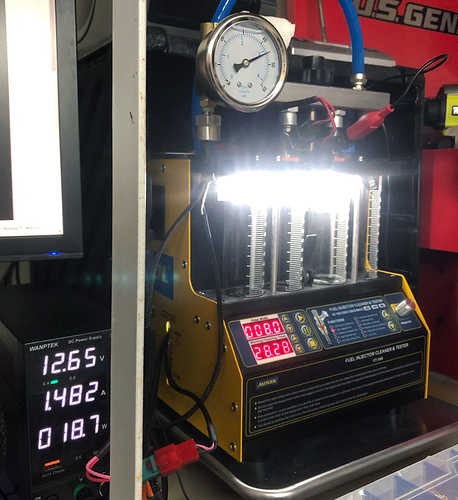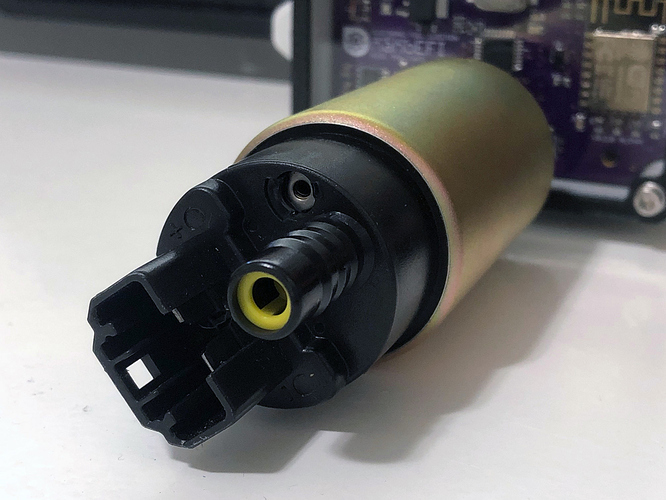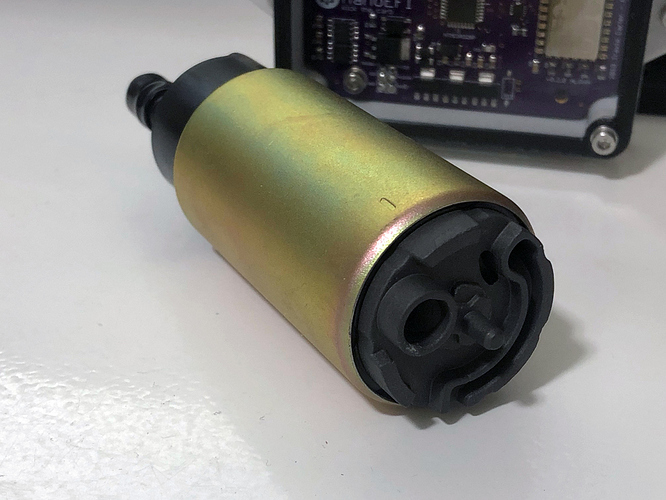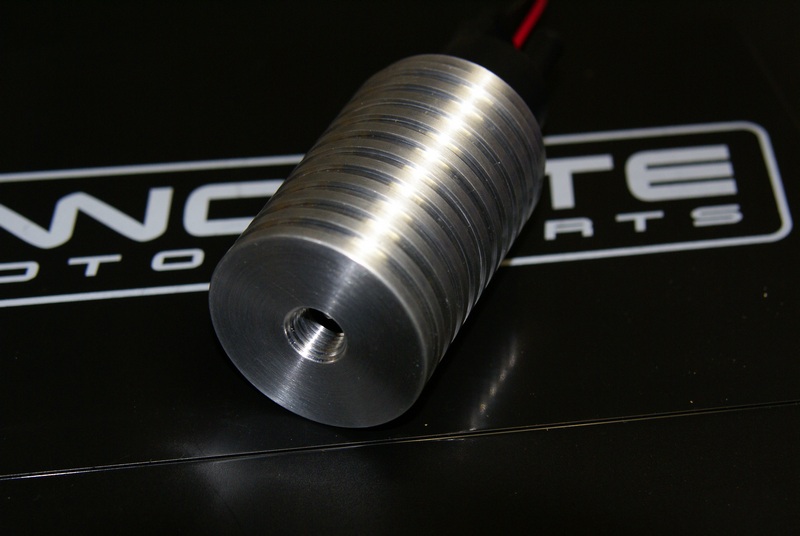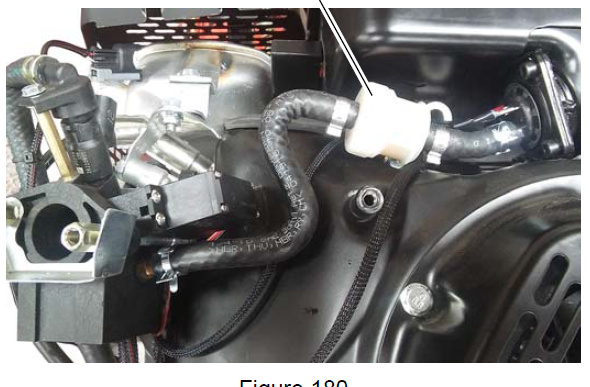Well this worked even better than I’d anticipated. Turns out that NanoEFI’s method of PWM fuel regulation only requires around 1.25a at idle to maintain 43psi at the injector 
This resolves a long-standing question about how much electrical power the system requires, and is great news for engines with limited charging output, without needing expensive stator upgrades in many cases.
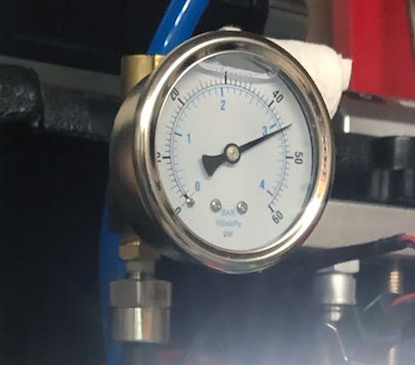
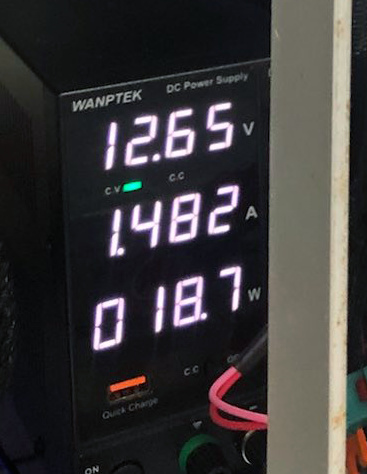
The 1.48a reading includes both the NanoEFI ECU and the main relay, both draw approximately 125ma each. So 1.48a total, minus 0.125a (ECU), minus 0.125a (Relay) = ~1.23a pump draw 
This same fuel pump is rated to draw 5a @ 43psi when used with a traditional regulator (running full blast all the time).
After theorizing the PWM for a while, it’s good to finally have it tested and known.
To clarify, this isn’t a expensive special pump like we’re used to seeing on other small engine kits. It’s a mass-produced standard automotive fuel pump (regular turbine style) you can grab off Amazon for $15 and fits hundreds of existing injection cars, motorcycles, ATV’s, etc. They’re absolutely everywhere.
If you’re not familiar with PWM fuel regulation, it’s a way of controlling the speed of a pump’s DC motor, ultimately reducing the electrical energy required to pump fuel up to injection pressures (43psi usually). NanoEFI is able to reduce the speed of the fuel pump. Slowing it down by limiting its current, rather than its voltage.
It also has the benefit of being a returnless system, meaning you won’t need to drill into your fuel tank or run an extra line.
The next challenge will be to convert this style of in-tank pump to work outside of the tank. Normally in-tank pumps take advantage of the surrounding fuel for cooling. However, I’m not anticipating thermal issues thanks to the reduced current with PWM. What I’m more concerned about is sealing the input in a ruggized way that is able to handle bumps and scrapes outside of the tank.
